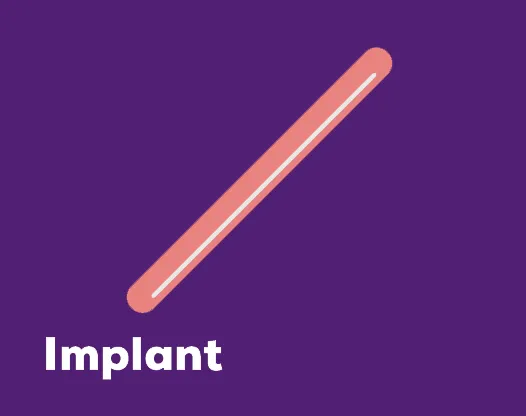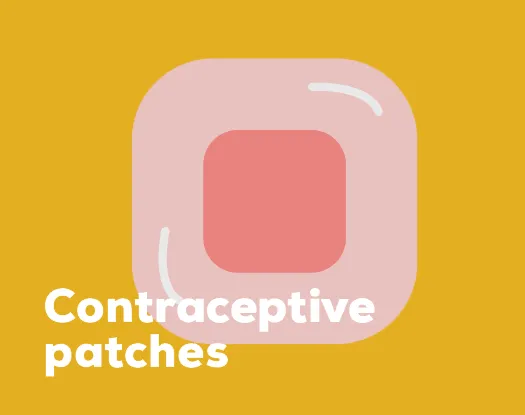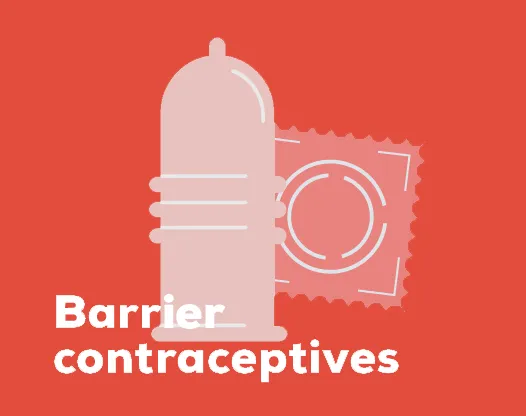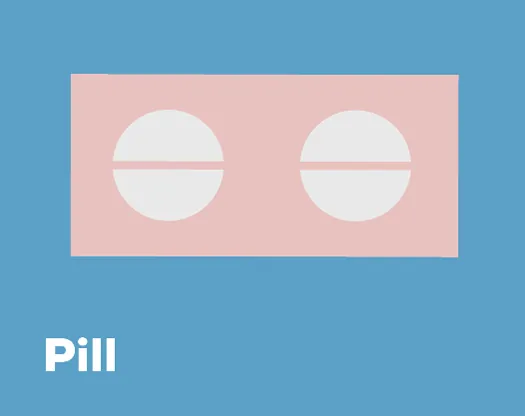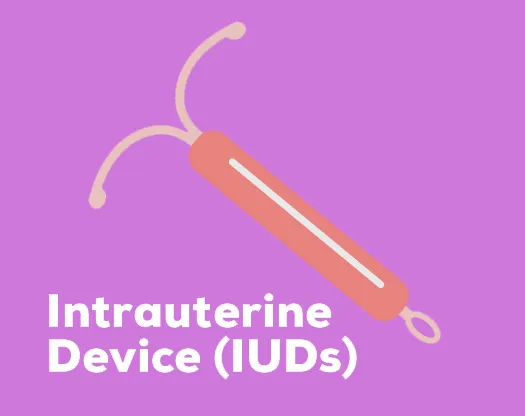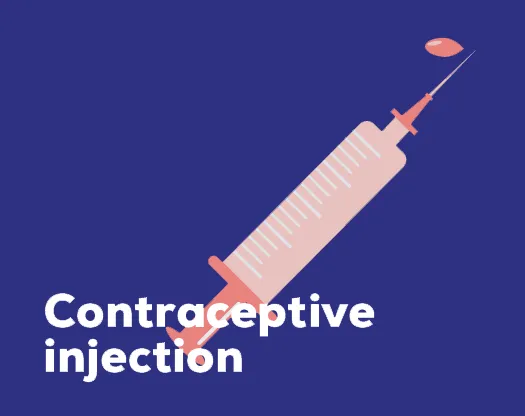THX_HQ_IWEB_008472 January 2023
Implant
The contraceptive implant consists of a small rod, the size of a match, inserted under the skin of the arm. It slowly releases progestogen.
After its insertion, the implant has a duration of 3 years. Once the implant is in place, you don't have to remember to do anything more until the times comes to have it removed.
It works by suppressing ovulation, thickening cervical mucus and making it difficult for sperm to enter the uterus. You may find that your periods become irregular or stop all together.
| 99.95% efficacy. |
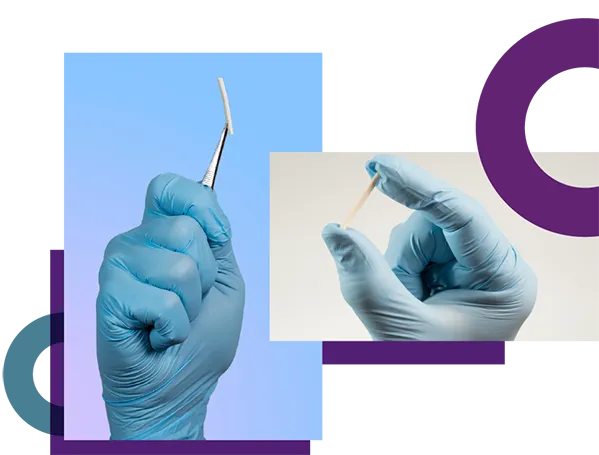
THX_HQ_IWEB_008473 January 2023
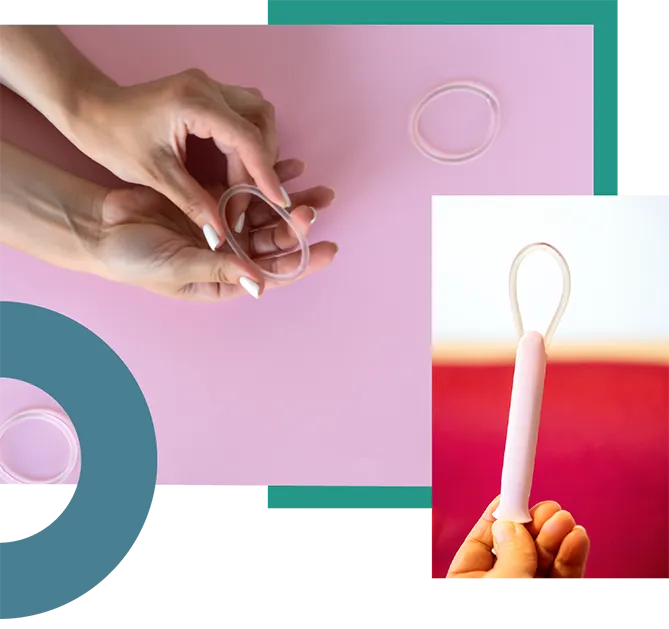
THX_HQ_IWEB_008474 January 2023
Ring
This birth control method consists of a soft plastic ring inserted into the vagina that slowly releases low doses of estrogen and progestin. These hormones are similar to those in combination pills.
The ring must be used for a duration of three weeks, and then removed for the fourth week.
It works by suppressing ovulation.
| Perfect use (contraception method used correctly all the time) offers 99.5% efficacy, typical use (contraception method used in real life taking into account human error) has an efficacy of 93%. |
Contraceptive patches
This contraceptive method consists of a small patch, similar to a Band-Aid, which contains contraceptive hormones in the central part. These hormones are released and absorbed through the skin.
The first patch must be placed on the skin on the first day of the period, it should then be changed every week for the duration of three weeks. The patch should then be removed for the fourth week. Similar to other methods of contraception, menstrual bleeding will occur during the week without a patch. The period is likely to be lighter, and for a shorter length of time than usual.
If your menstrual cycle is typically shorter and comes every 23 days, and you apply the patch on the fifth day of a period or later, then an additional method of contraception is required for the first seven days.
The most recommended places to put the patch are buttocks, arms, back or abdomen. Never on the breasts.
If a patch is not replaced after a patch-free week, or you forget to remove a patch, please consult your GP.
| Perfect use offers 99% efficacy, typical use has an efficacy of 91%. |

THX_HQ_IWEB_008476 January 2023
Barrier contraceptives
These methods work by creating a barrier that prevents sperm and eggs from meeting.
In this group, female and male condom are the only barrier contraceptives that protect against sexually transmitted infections (STIs).
There are three different types:

Male condom
• It is the most widely used.
• It is a single-use sheath that is placed over the penis during sexual intercourse.
• It is mostly made of latex, but it can be made of other materials for those that are allergic.
• The male condom protects against sexually transmitted infections (STIs).
| Used typically: 88% efficacy. Used perfectly: 98% efficacy. |
THX_HQ_IWEB_008478 January 2023
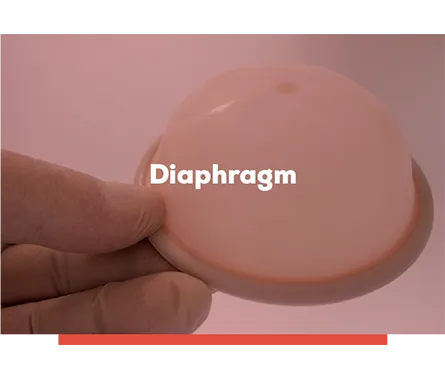
Diaphragm
• It consists of a cup of latex or silicone that covers the cervix.
• The rim contains a firm, flexible spring that holds the diaphragm in place.
• It must be inserted by a healthcare professional before its first use.
• It is inserted before sexual relations and should not be withdrawn until 6 hours after ejaculation.
| Used typically: 82% efficacy. Used perfectly: 86% efficacy. |
THX_HQ_IWEB_008478 January 2023

Female condom
• Single-use sheath that fits smoothly inside the vagina.
• It has flexible rings at both ends, one at the closed end for ease of insertion. It needs to be placed inside the vagina before there's any contact with the penis.
• Like the male condom, it is usually made of latex but there are other options.
• It protects against sexually transmitted infections (STIs).
| Used typically: 79% efficacy. Used perfectly: 95% efficacy. |
THX_HQ_IWEB_008478 January 2023
THX_HQ_IWEB_008477 January 2023
Pill
Contraceptive pills are taken around the same time every day.
They work by preventing the release of the egg, making the uterus unsuitable for implantation, and thickening cervical mucus to slow down sperm movement.
The combined oral pill or just “pill” contains two hormones, progestin and estrogen.
The “mini-pill” contains only one hormone, progestogen.
| Perfect use offers 99.5% efficacy, typical use has an efficacy of 93%. |

THX_HQ_IWEB_008479 January 2023
Intrauterine Device (IUD)
It is a T- shaped device made of plastic or copper inserted into the uterus by a specialized doctor.
A doctor fits the IUD by passing it through the vagina and cervix and into the uterus.
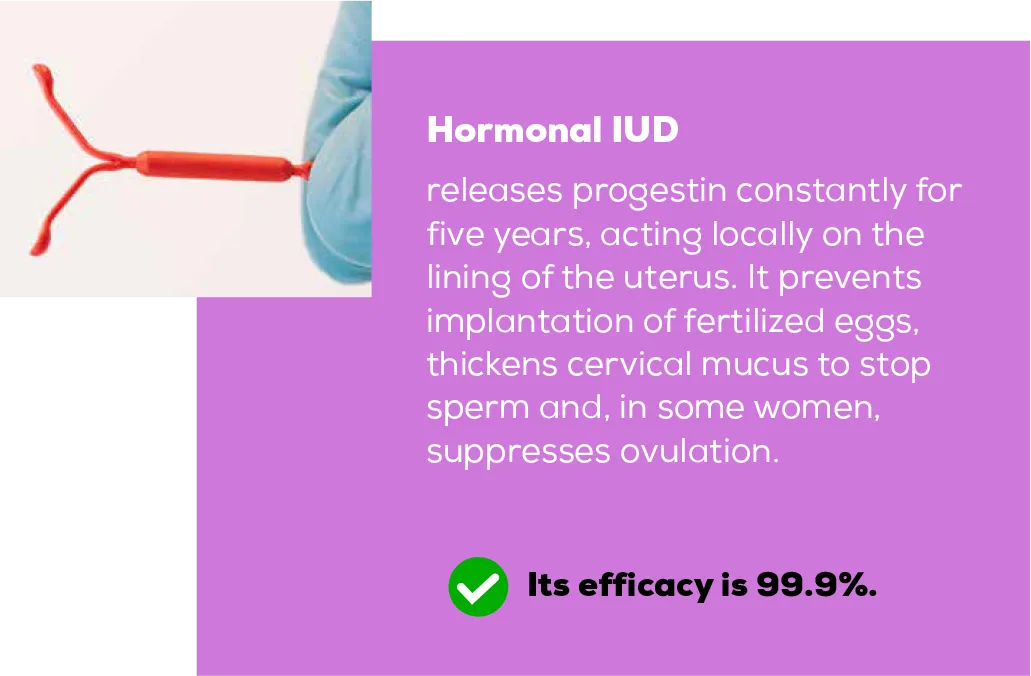
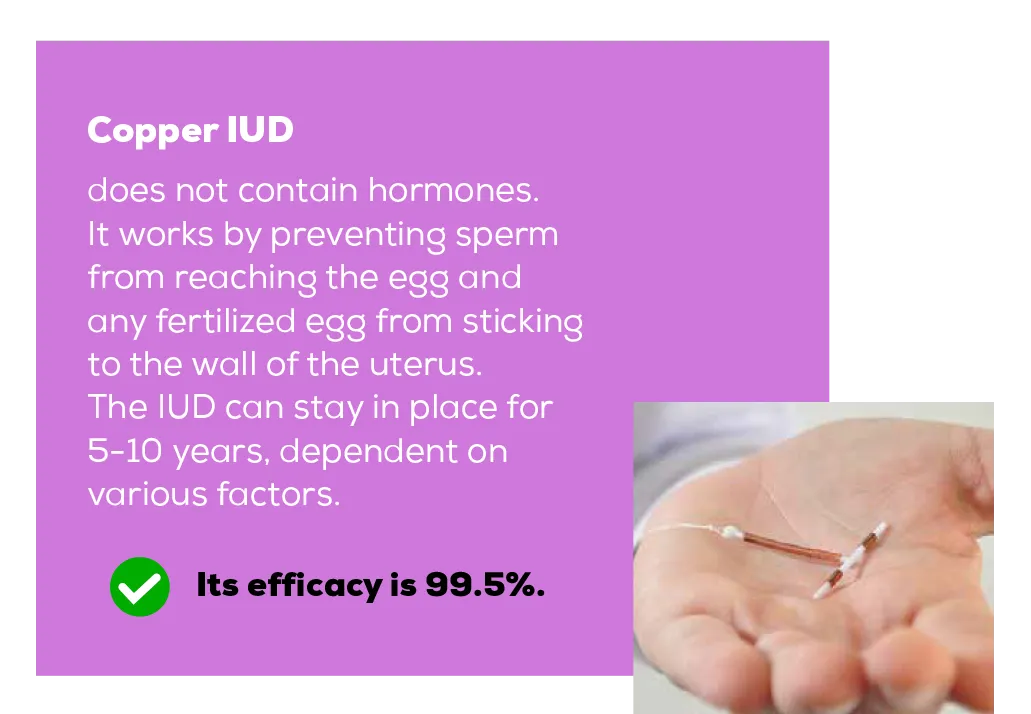
Contraceptive injection
This contraceptive method consists of an injection of progesterone, a hormone that stops your body from releasing an egg every month.
It is a very effective birth control method and is suitable for women who cannot take estrogen. To get the full contraceptive effect, you must remember to get your repeat injections when they are due.
| Perfect use offers 99.8% efficacy, typical use has an efficacy of 96%. |

THX_HQ_IWEB_008482 January 2023
Choose your
Contraceptive method


Which method of contraception
is right for me?
Choosing the best method of contraception is an important decision. Here you will find a leaflet which contains all the types of contraceptive methods available. It can help you explore the different options you have to choose from.
download here
THX_HQ_IWEB_008483 January 2023

